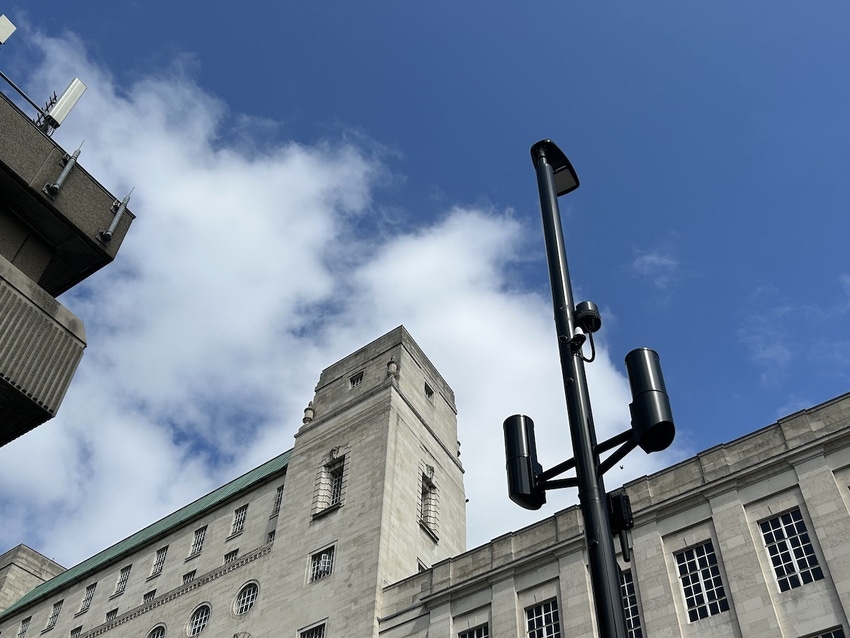UK mobile operator EE indicates that hundreds more small cells are to be rolled out in the coming months while 5G small cell trials are also in progress.

The recent annual Small Cell World Summit provided a useful reminder that the deployment of small cells is still at a relatively early stage, with the current focus on increasing network capacity through densification to reduce congestion.
That certainly seems to be the approach of BT-owned mobile operator EE, which has just announced the rollout of a further 411 4G small cells spread across various cities in its UK network. This adds to the 200 that the operator deployed early last year, and means total EE small cell sites now stand at 611 nationwide.
Again using kit from Nokia's Airscale portfolio, EE still reckons customers can enjoy up to 300Mbit/s downlink speeds when in range of a small cell. EE told Light Reading last year that the signal range, on average, was between 150 and 200 meters.
EE also indicated that "hundreds more small cells" will be deployed in the coming months, both in existing and new towns and cities. Furthermore, it has started trials on deploying outdoor small cells to boost 5G capacity using Airscale equipment, which can be software-upgraded to 5G. The 611 small cell sites already carry 20 terabytes of data traffic every day.
EE's street-level small cell rollout uses licensed 1800MHz and 2.6GHz airwaves coupled with unlicensed 5GHz spectrum. Licensed-assisted access (LAA) of this sort allows network operators to exploit additional 5GHz capacity on the downlink. In July 2021, EE first introduced LAA to the UK (in a part of London) using Nokia FlexiZone Multiband small cells.
Not just Nokia
EE said it used "advanced network analytics" to identify areas where small cells could deliver a boost to network performance. The small cells are typically attached to existing street assets, such as BT's red telephone boxes as well as lamp posts and CCTV columns. EE noted that it has installed about 60 small cells on BT's new digital Street Hubs.
James Hope, director of mobile radio access networks at EE, observed that small cells "are becoming an increasingly integral part of our mobile network" as demand for data continues to rise.
"Our partnership with Nokia ensures customers continue to benefit from our fastest 4G speeds even at the busiest times and in the most congested of locations," Hope added.
Although only Nokia kit is currently used live for outdoor small cells, EE has previously indicated it will be "trialing with additional vendors in the future." In December last year, EE also announced it was the first operator to take part in Freshwave's deployment of a pilot small cell-based outdoor 4G and 5G mobile network in the City of London.
Furthermore, BT Wholesale is trialing C-RAN technology in Leeds. The new technology uses cloud computing technology to support 5G connectivity, meaning it can be fitted into a range of different units such as existing street furniture.
Related posts:
— Anne Morris, contributing editor, special to Light Reading
About the Author(s)
You May Also Like











